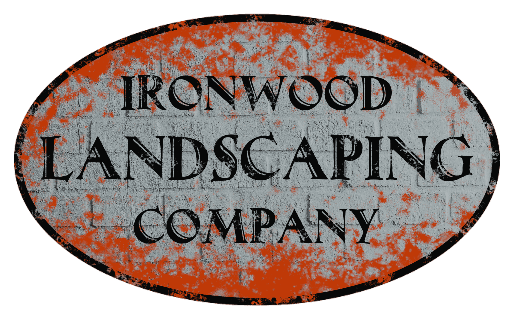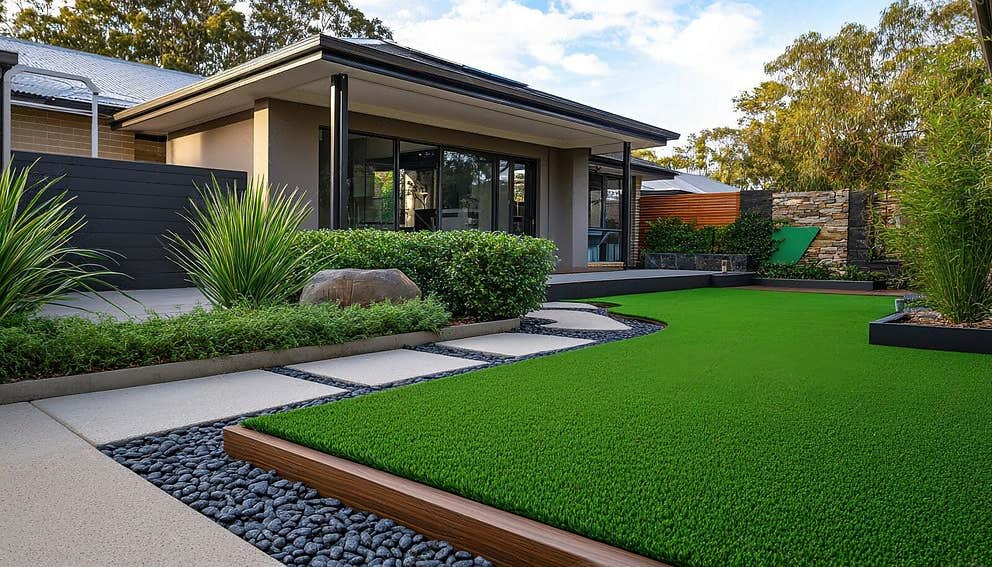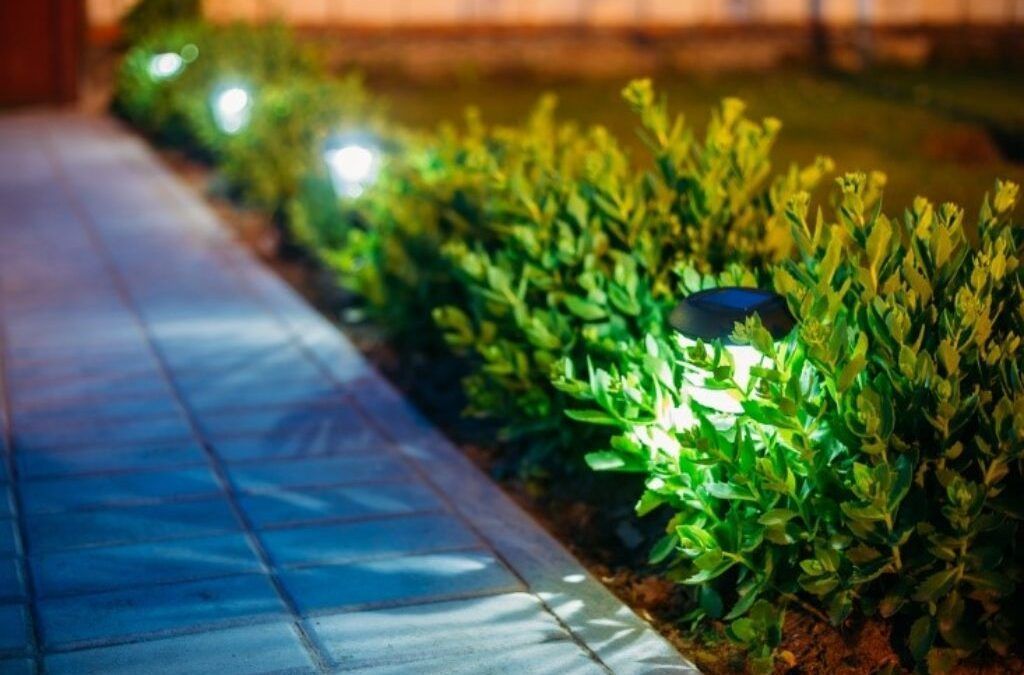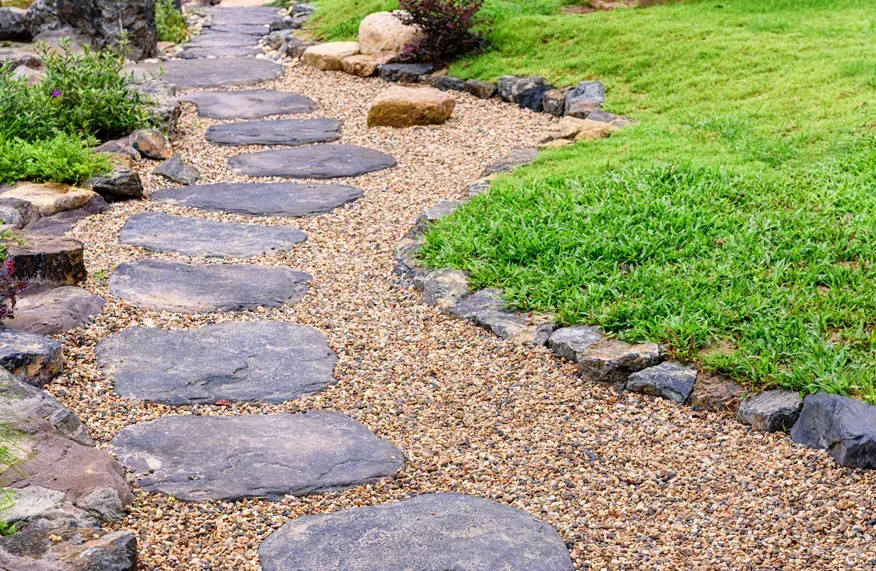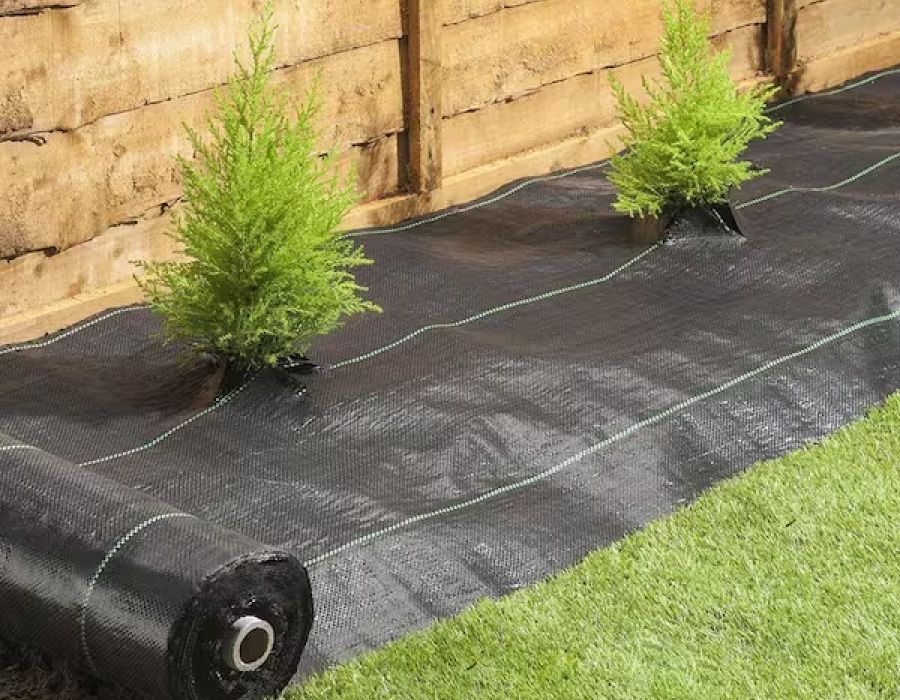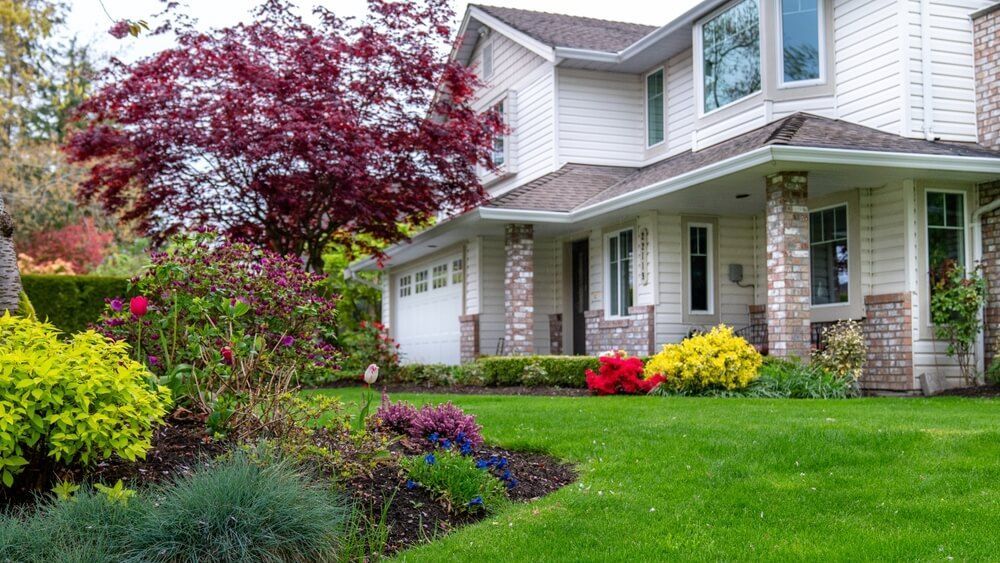What is DG in Landscaping: A Complete Homeowner's Guide
Homeowners often turn to decomposed granite (DG) to create attractive and functional outdoor spaces, and consulting a top-rated landscaping company can ensure the project is done effectively. DG adds a natural charm to yards, blending seamlessly with various design styles and providing a durable, low-maintenance surface.
It also improves drainage and can be tailored to suit different functional needs, from pathways to patios. Installing DG requires preparing the area, establishing borders, spreading and compacting the material, and maintaining it to keep its appearance intact. With thoughtful placement and creative combinations with other elements, DG can transform a backyard into a visually appealing and practical area without straining the budget.
Benefits of Using DG in Landscaping
Using decomposed granite in landscaping enhances the aesthetic and functional qualities of outdoor spaces. DG brings an earthy, rustic look that pairs well with different architectural styles.
Its natural tones complement plants and hardscaping elements, creating a harmonious outdoor environment. DG is also cost-effective compared to traditional paving materials, offering durability while requiring minimal upkeep.
Its permeability supports proper water drainage, reducing erosion and runoff. Whether used for pathways, patios, or driveways, DG provides flexibility in design while promoting sustainability, making it an attractive choice for homeowners seeking a balance of beauty and practicality.
Different Types of DG Available
Understanding the different types of DG helps homeowners select the right option for their landscaping goals. Natural DG is mined directly from quarries and has an organic, rustic appearance. Stabilized DG is combined with a binding agent to form a firmer surface, ideal for areas with frequent foot traffic.
Colored DG is infused with pigments to offer a wider range of aesthetic choices, allowing homeowners to complement specific design themes. Knowing the characteristics of each type enables informed decisions that align with both style preferences and functional needs.
How to Install DG in Your Yard
Installing DG requires careful preparation to achieve a long-lasting result. Start by clearing the area of vegetation and debris. Create a border using metal edging or bender boards to keep the DG contained. Spread a 2-4 inch layer of DG evenly and use a compactor to press it firmly into place. Lightly water the surface to help it settle.
If necessary, add more DG to reach the desired thickness, compacting and moistening each layer as needed. Following these steps ensures a smooth, stable, and visually appealing DG surface for your yard.
Maintenance Tips for DG Landscapes
Proper care keeps DG landscapes attractive and functional over time. Remove any weeds promptly to prevent them from taking hold. Rake the surface occasionally to maintain an even appearance.
Compacting the DG periodically helps prevent shifting or erosion, preserving the integrity of the installation. Routine attention ensures the area remains safe, stable, and visually pleasing.
Creative Design Ideas With DG
DG can be used in creative ways to enhance outdoor spaces. Meandering walkways with DG create a natural flow while integrating seamlessly with the garden. Patio areas can be designed with DG for a clean, modern look when combined with minimalistic furniture. DG is ideal for Zen gardens or meditation areas, providing a calm and understated base around water features or sculptures.
Mixing DG with stones or pebbles adds texture and visual interest. Experimenting with patterns, shapes, and color variations allows homeowners to craft unique landscapes that express personal style while maintaining functionality.
Cost Considerations for DG Projects
When planning a DG project, it is important to balance design goals with budget considerations. The cost of DG varies depending on quality, quantity, and type selected. Labor costs for installation, especially when hiring professionals, can significantly affect the overall investment.
While DG is low-maintenance, occasional replenishment may be needed to maintain its fresh appearance. Understanding these factors helps homeowners plan a DG project that meets both aesthetic and financial expectations.
Related Topics:
